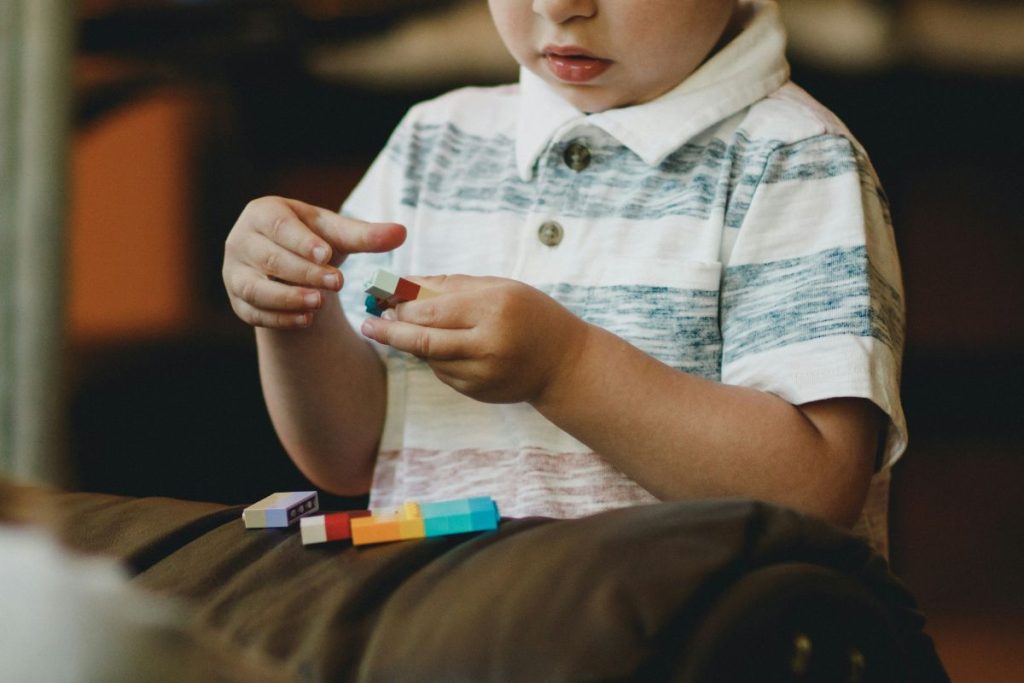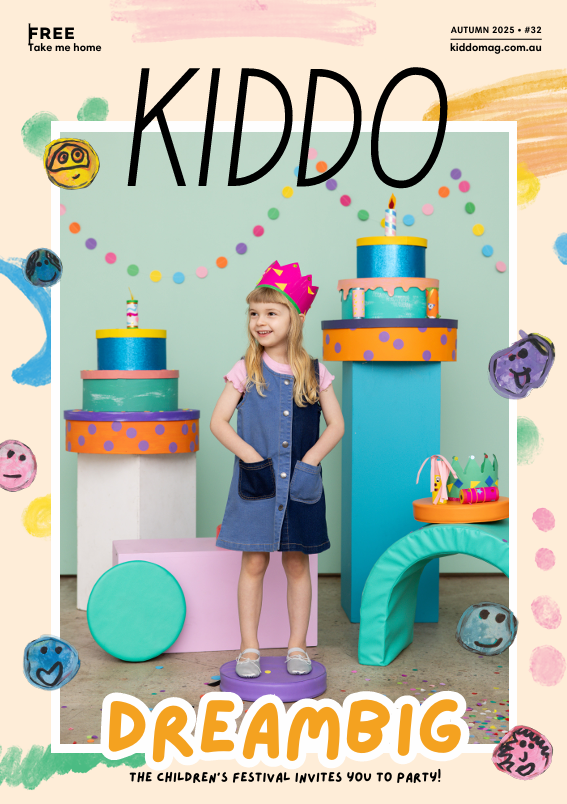By Dr Kobie Boshoff, Occupational Therapist, OT Brain Trust & OT Practitioner Hub
Have you ever watched a child twirling a twig in their hand, picking up and feeling a dust bunny on the floor, or listening to the sound of the vacuum? All everyday sensations that adults don’t give much attention to, but for the young child, these sensations are experienced intensively.
Their brains are learning about the qualities of the world surrounding them and their bodies’ responses to this world. They are learning about touch, sound, vision, smells, tastes and movement. They are learning about where their own bodies’ boundaries are and how to conduct their movements based on the sensory input they receive.
Little children’s developing neurological systems are primed to learn from and respond to their sensory surroundings.
This includes their home, community and care/schooling environments.
Every moment of the day is taken up by absorbing these sensations and for the developing brain to make sense of the sensations. This includes watching mum moving around the house, their sibling navigating a tricky swing on the playground, the leaves moving in the trees, the feeling of a breeze on their skin. It is important for the developing child to experience as many of these sensations as possible, to enable their neurological systems to grow.
It also includes more overwhelming sensations like the loud noise of the vacuum, lawn mower or a barking dog. At certain times of the day when they are tired, these sensations can be too loud and overwhelming for them, and they can easily become overstimulated and display dysregulated behaviour.
This can be triggered by being hungry, physically uncomfortable, unwell or just tired at the end of a day or close to nap time. These sensations are just too much for any young developing brain to cope with at certain times of the day.
When young children become dysregulated, the adult in the child’s life is an important part of this sensory environment. When you lower your voice, speak slowly, simply and calmly, as well as lower yourself to their height and remove them from the sensory overwhelming experience, you provide less sensory stimulation and allow the overwhelmed child to be able to cope with this situation.
If you speak loudly, show anger and use large body movements, the child becomes even more overstimulated and upset. By showing calmness, the child also learns by looking at you and copying your example.
If you become upset, they will become even more upset.
Try to anchor your child in these moments of upheaval and give them a safe, calm space to regain their composure.
What an amazing thing to observe: a young child experiencing all the sensations surrounding them!
Watch out for these moments next when you sit back with a coffee and your young child is playing in front of you.
More information:
admin@otbraintrust.com.au
otbraintrust.com.au
Follow KIDDO on Instagram and Facebook, and subscribe to our weekly newsletter






